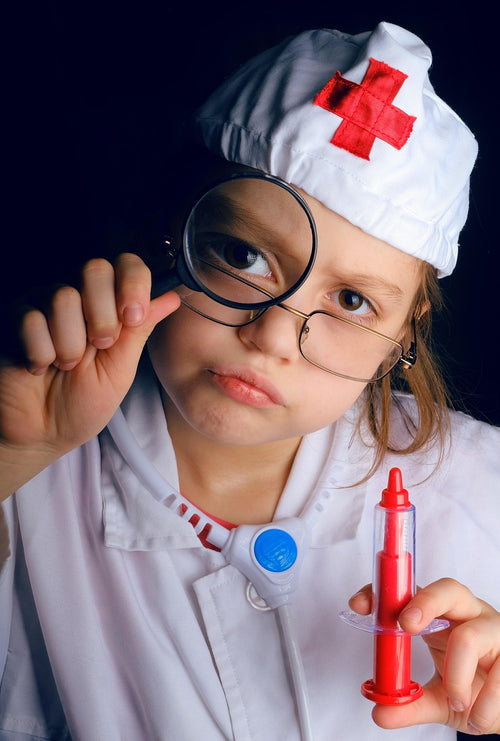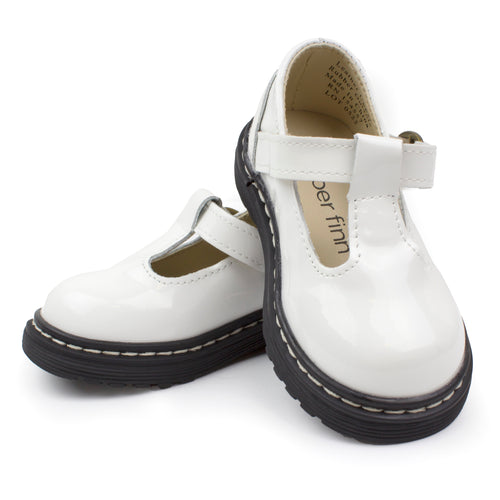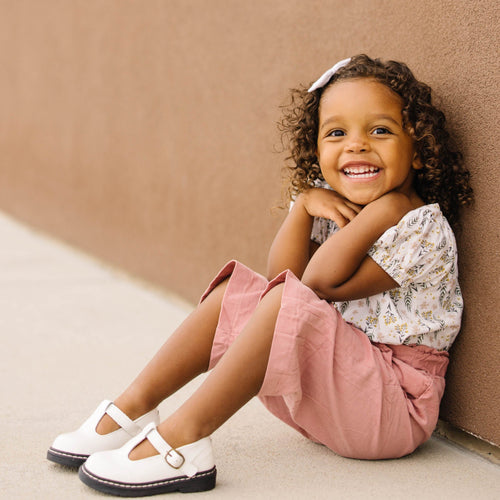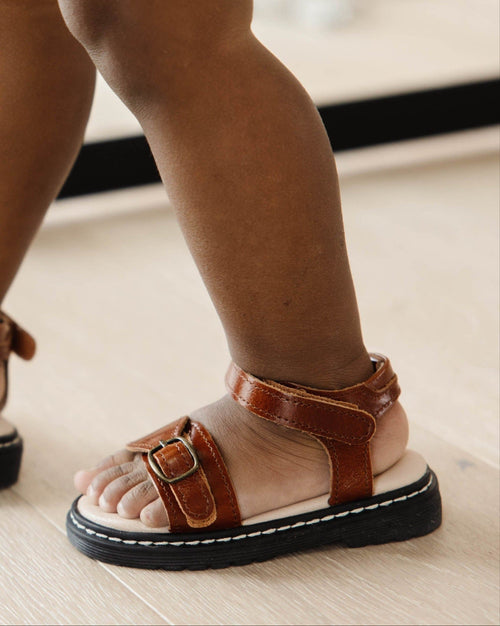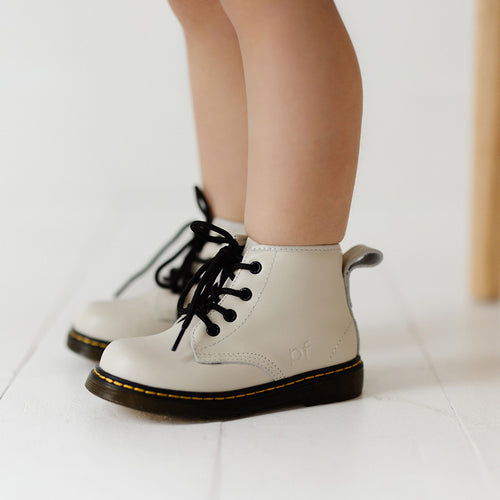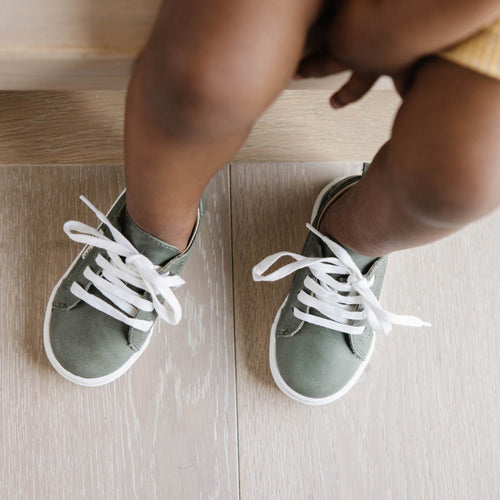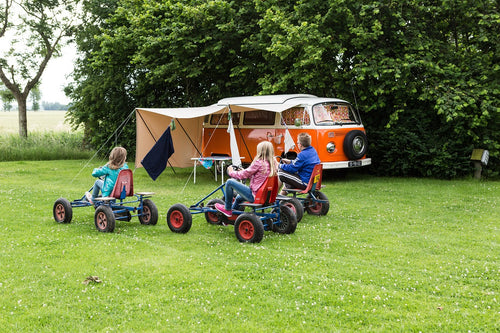Teaching your child first aid gives them crucial life skills to remain safe in various situations. It can even save their lives or the lives of others should an emergency arise. Unfortunately, while we parents like to believe we can be in a gazillion places at once, there are times when our kids will need to draw on these essential skills in the unavoidable absence of adult supervision.
Here are some simple parenting tips for teaching kids basic first aid, when to call 911, and safety in the home.
How To Stop Bleeding
Unfortunately, accidents happen, and all children experience superficial cuts and grazes at some point, so teaching them how to stop the bleeding is important. Explain that they should apply pressure with a clean cloth or towel and hold it for about 5 minutes. Should the wound be more serious, applying pressure until rescue services or an appropriate adult arrives can help to save their life.
Basic CPR
If you're comfortable teaching your kids basic CPR, they'll be better equipped to help someone who is unresponsive or having trouble breathing. Walk them through procedures such as checking for a pulse, calling 911, and performing chest compressions. You can also use online videos that provide simple, interactive CPR training for kids to help get the message through.
When is it Appropriate To Call 911?
Explain to your child that calling 911 is reserved only for very serious emergencies and should be done with adult supervision or if an adult cannot do so. For example, if the adult is sick or injured.
Examples of when to call 911 include seeing someone badly injured, witnessing a crime in progress, or if they smell smoke or gas in the home.
Knowing when it is appropriate to call 911 is important, as little Tommy ringing up because you made him eat his peas at dinner isn't going to be well received!
The Importance Of Teaching Children About Safety In The Home:
While learning about first aid is important, it's essential that children understand basic safety guidelines so they can protect themselves—and others—in case of an emergency.
Parenting tips for teaching safety at home from a young age include:
Teaching children not to play with matches or lighters, never touching sharp objects like knives, using caution when handling hot or hazardous items, and never running with scissors.
Other Home Safety Tips for Parents
What To Do Should Their Clothes Catch Fire:
It's instinctive to panic and run should anyone find themselves on fire. It's a pretty scary experience! However, it's vital that your child understands the need to remain calm and quickly execute the following 3 step procedure:
- Stop
- Drop
- Roll
This will help to extinguish the fire rather than fan the flames!
Rehearse this motion with them until they can do it without hesitation. They should also be aware that if someone else's clothes catch fire, they can help by using their coat or a blanket to smother the flames instead of getting too close.
Implement A Basic Family Fire Plan:
Ensure your child knows the basics of fire safety and how to escape a burning building if necessary. For example, teach them to look for exit signs and fire escape doors when out and about. If they know the signs to look for in an emergency, they have a better chance of escaping a fire safely.
Create an evacuation plan and discuss where the family should meet if the house catches fire. Show older children how to use a fire extinguisher and ensure they know not to hide under the bed or return to fetch personal items like their favorite shoes (girls and boys kids shoes) or toys once they have escaped safely.
Water Safety Tips Every Kid Should Know:
Most kids love swimming for exercise or simply for fun in the summer months, but it's vital they know how to stay safe around water. Teach your child the importance of wearing life jackets when on a boat or near deep water, not swimming unless an adult is present, and being aware of rip currents at beaches.
Teaching Kids About Dog Safety:
Even if you have a pet dog at home, explain to your child that not all hounds are as friendly. Teach them that if a strange dog does approach them, to stand still and avoid making direct eye contact. Show them how to put their hands behind their back and remain calm until the animal moves away.
Avoiding Accidental Poisoning In The Home:
Teach your child about potential sources of accidental poisoning in the home, such as cleaning supplies, medications, paint or art materials, and insecticides.
Ideally, these items should always be kept out of reach—and out of sight—of children. However, learning to identify a hazardous substance is also important.
Show kids what poison control labels look like so they can recognize potentially dangerous items if they come across them while playing outside or at friends' houses.
Final Thoughts
As parents, we want to nurture confident children capable of handling anything life throws at them, including emergencies—teaching them basic first aid and how to remain safe are the best life skills we can give them!
Image by Владимир Берзин from Pixabay

